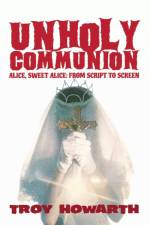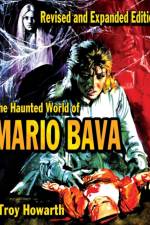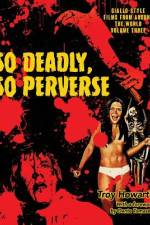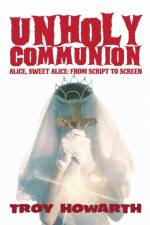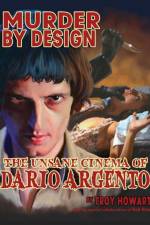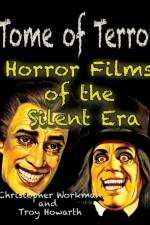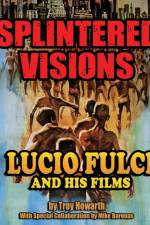- Alice, Sweet Alice, from script to screen
von Troy Howarth
37,00 €
Paterson, New Jersey-March 1961. A joyous day of celebration turns into a waking nightmare when a young girl is brutally murdered. With the police making slow progress, the child's grief-stricken parents decide to launch their own investigation and uncover some ugly secrets about their family, friends, and neighbors. Among the many possible suspects, the most likely culprit proves to be the girl's own sister... but could an angelic-looking child be capable of such a ghastly crime?Originally titled Communion but also known by such monikers as Alice, Sweet Alice and Holy Terror, Alfred Sole's Catholic-themed horror-thriller has gone on to attract a well-deserved cult following. Though mostly ignored on its original, checkered theatrical release, the film is now revered among devotees of the offbeat. Architect-turned-filmmaker Alfred Sole brought a distinctive, artistic eye to bear on what could have been yet another routine potboiler. Working well outside the confines of Hollywood, he used his connections to secure atmospheric locations, while scouring the New York theater scene for the right actors to bring his quirky characters to life. The road to realizing his vision was not without complications, however. Here you will learn about his ill-fated foray into the then-profitable "porno chic" market by making his own "blue movie" in his home town; the fallout was immense and he found himself facing the possibility of jail time as well as absolute professional disgrace. Once the dust settled, he decided to try for something equally commercial but far more palatable for mainstream consumption. At a time when the likes of Tobe Hooper, George A. Romero, John Carpenter, Wes Craven, and David Cronenberg were emerging as the great new auteurs of North American horror, Alfred Sole seemed poised to join their ranks; sadly, some bad breaks ensured that lightning would not strike twice. No matter what disappointments came in its wake, Sole's "respectable" mainstream debut scaled artistic heights that leave no doubts as to his singular talents. Troy Howarth, the award-nominated author of such books as The Haunted World of Mario Bava and Assault on the System: The Nonconformist Cinema of John Carpenter, explores the genesis, production, and reception of one of the key horror films of the 1970s. In addition to a brand new, in-depth career-encompassing interview with co-writer/director Alfred Sole, Unholy Communion: Alice, Sweet Alice from Script to Screen also reproduces the complete original shooting screenplay. There's also ample analysis of the state of the genre during the counter-culture boom of the late 1960s and '70s and of the film itself, giving readers insight into what makes this such a special, stand-out piece of independent filmmaking.

